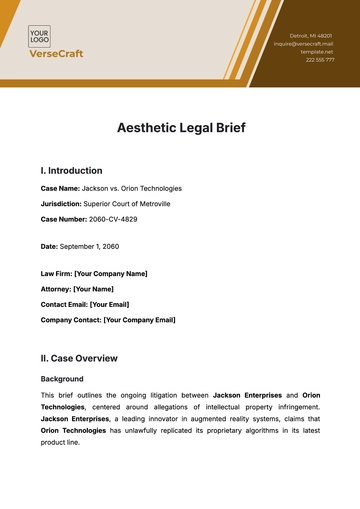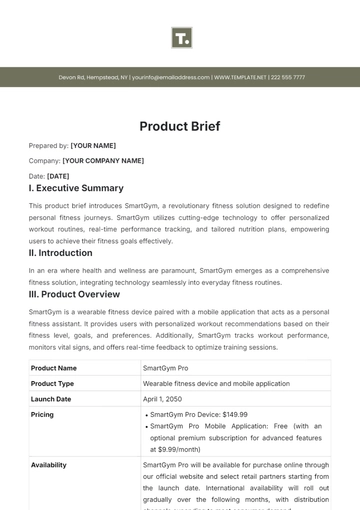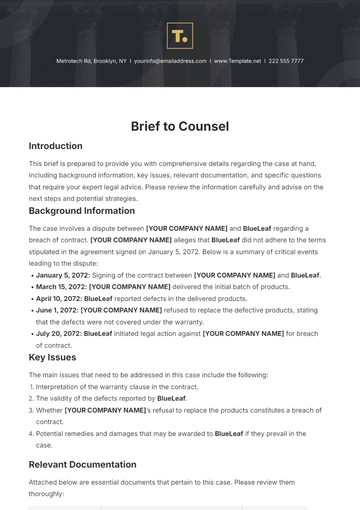Tennessee v. Garner Case Brief
I. Case Citation and Jurisdiction
Case Name: Tennessee v. Garner
Citation: 471 U.S. 1 (1985)
Court: Supreme Court of the United States
II. Facts
a. Background:
Police officers responded to a burglary call.
A fleeing suspect, Edward Garner, was shot and killed by a police officer.
b. Key Facts:
c. Procedural History:
The District Court ruled in favor of the police officer.
The Court of Appeals reversed, holding the use of deadly force unconstitutional.
III. Issues
Main Issue:
Whether the use of deadly force to prevent the escape of an apparently unarmed suspected felon violates the Fourth Amendment's prohibition against unreasonable seizures?
IV. Arguments
a. State's Argument:
The use of deadly force is justified if the officer has probable cause to believe the suspect poses a significant threat of death or serious physical injury to the officer or others.
b. Garner's Argument:
The use of deadly force against an unarmed suspect who does not pose a threat violates the Fourth Amendment.
V. Legal Precedents
Tennessee v. Garner (1985):
The Supreme Court held that the use of deadly force against an unarmed suspect was unconstitutional.
VI. Court Decision
The Supreme Court ruled 6-3 in favor of Garner, holding that the use of deadly force against an unarmed suspect fleeing a burglary violates the Fourth Amendment.
VII. Impact
a. Legal Precedent:
The case set a precedent for the use of deadly force by law enforcement officers.
b. Policy Implications:
Led to changes in police policies and training regarding the use of deadly force.
VIII. Conclusion
a. Summary:
Tennessee v. Garner was a landmark case that established the standard for the use of deadly force by law enforcement officers.
b. Significance:
The case highlighted the need to balance law enforcement interests with the protection of individual rights under the Fourth Amendment.
Case Brief Templates @ Template.net






























